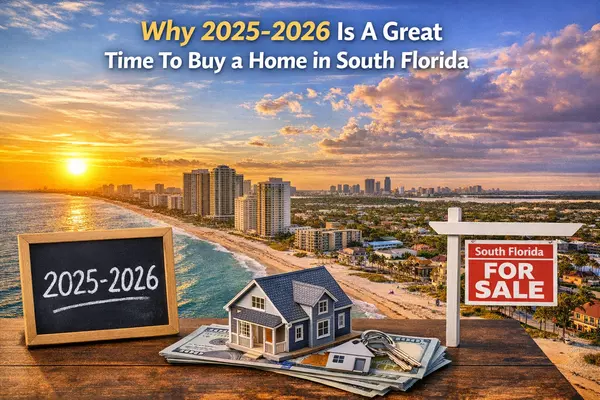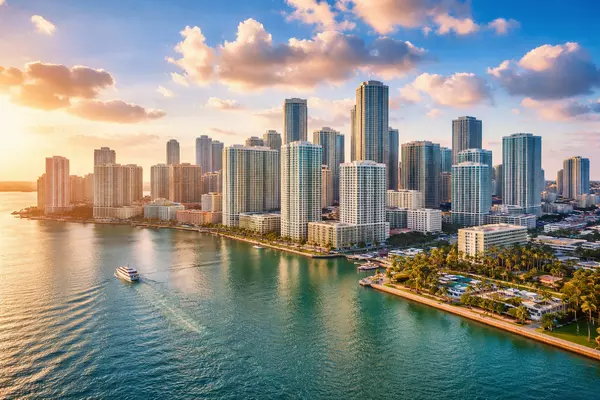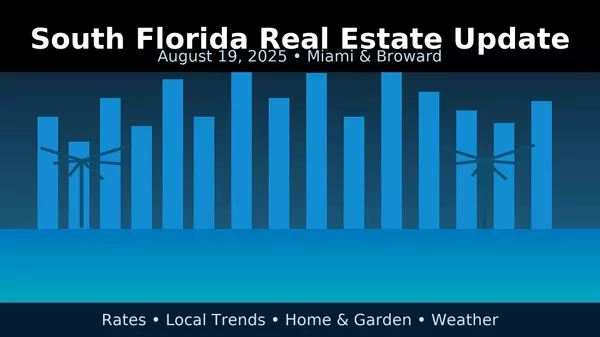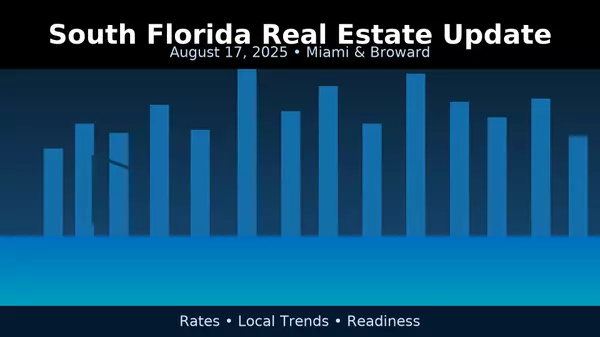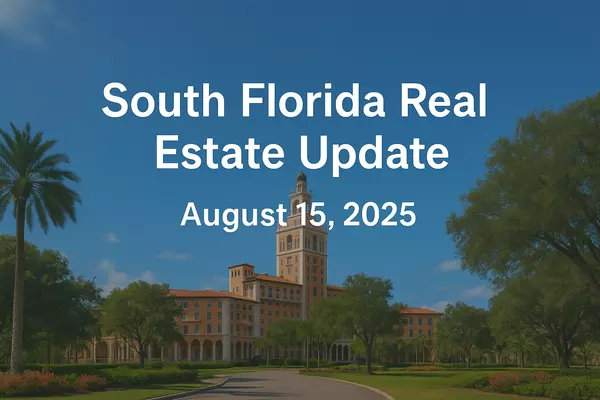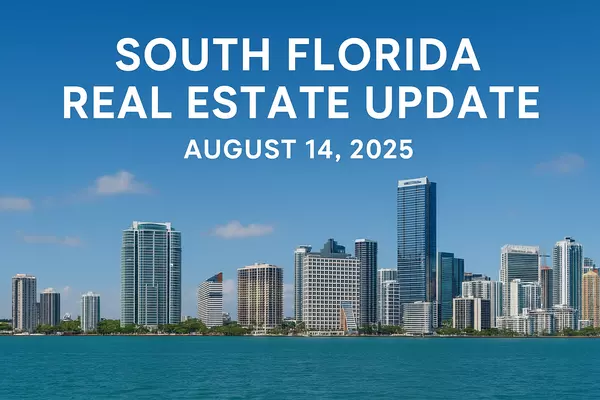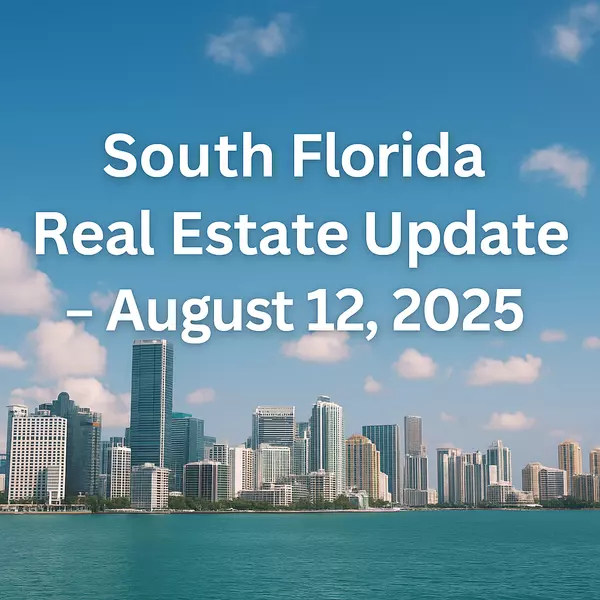Miami Real Estate: Charting the Historical Journey and Envisioning Future Prospects
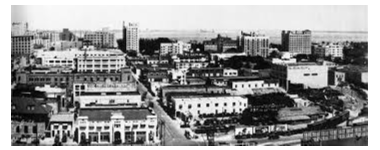
The intriguing narrative of Miami real estate is a tale of resilience, innovation, and constant evolution. Steeped in rich history and cultural diversity, Miami, popularly known as the 'Magic City,' presents a real estate landscape like no other. This chronicle charts Miami's real estate journey from its humble beginnings, its unstoppable growth, and the promising future ahead.
Miami in the 1800s was a picturesque, albeit sparsely populated, settlement, primarily home to native tribes. The transformation began in the 1890s when visionary industrialist Henry Flagler extended his East Coast Railroad to the region. Recognizing Miami's untapped potential, Flagler propelled the city's development with his massive investments in hotels and upscale residential areas. This foundational phase planted the seeds of today's Miami-Dade County, metamorphosing the modest outpost into a prospective real estate haven.
The legacy of Flagler's pioneering real estate strategies is mirrored in Miami's contemporary real estate industry. Over the ensuing decades, Miami grew phenomenally, emerging as a global city, boasting an attractive real estate market that appeals to an eclectic range of buyers worldwide. Miami real estate stands out for its world-class luxury properties, dynamic urban lifestyle, stunning natural beauty, and cultural richness.
The real estate boom of the 1920s was a defining chapter in Miami's history. This era, buoyed by land speculation and ambitious developers, witnessed a construction explosion. Iconic neighborhoods such as Coral Gables and Miami Beach began to take form. The Art Deco district of Miami Beach, characterized by beautifully preserved 1930s architecture, is a standing testament to this era's influence on Miami's real estate scene.
However, the Great Depression and the 1926 hurricane struck a devastating blow, leading to a slump in the property market. Yet, Miami, in its indomitable spirit, rebounded after World War II. The city witnessed another real estate boom that amplified its boundaries. The burgeoning population led to a heightened demand for homes, catalyzing an upswing in residential property construction.
The 1980s brought about another significant paradigm shift in Miami's real estate landscape - the advent of high-rise living. Miami became the epitome of luxury condos, as many opted for the glamour and convenience of condominium life over traditional houses. The stunning vistas of the Atlantic Ocean and Biscayne Bay, complemented by world-class amenities, accentuated the allure of these condos. Architectural marvels like the Atlantis Condominium came to symbolize Miami's emerging skyline.
The early 2000s ushered in another pivotal era for Miami real estate. Despite the national housing bubble and the economic recession, Miami's market managed to weather the storm. The city showcased its resilient nature by gradually recuperating, and today, Miami's real estate market is thriving, attracting both domestic and international buyers.
Recent years have seen a significant increase in the demand for luxury condos and houses in Miami. Neighbourhoods like Brickell, Downtown Miami, Coconut Grove, and Coral Gables have experienced considerable growth. Investors flock to Miami for its high ROI, tax advantages, and the city's robust economic prospects.
The last decade, in particular, has been a time of robust growth for Miami real estate. The city has seen an influx of out-of-towners relocating to Miami. This trend can be attributed to several factors, including tax incentives, remote work opportunities, and the city's appealing lifestyle. The diverse range of luxury condos and houses caters to various preferences, contributing to the steady inflow of new residents.
Also noteworthy is the shift in the real estate industry itself. Technological advancements have reshaped the way property transactions are conducted.
Digital platforms for buying, selling, and renting properties have added a layer of convenience and efficiency that was previously unthinkable.
Looking ahead, Miami's real estate market shows promising signs of sustained growth. Analysts predict a continued influx of out-of-state and international buyers attracted by the city's lifestyle, investment opportunities, and the flexibility offered by remote working trends. As Miami further evolves into a hub for tech and finance, the demand for residential and commercial real estate is expected to keep pace.
However, challenges lie ahead, primarily due to climate change and rising sea levels. Yet, the industry has taken proactive measures, including elevated structures and resilient infrastructure, to mitigate these concerns and ensure Miami remains an attractive investment destination.
In summary, the story of Miami real estate is a testament to the city's dynamic nature, adapting and evolving to meet changing needs and circumstances. The journey from a quiet 19th-century settlement to a buzzing global city is a powerful narrative of transformation, driven by the spirit of resilience, strategic planning, and innovative execution. As you invest in Miami real estate, you become a part of this vibrant city's rich past and promising future.
Categories
Recent Posts


